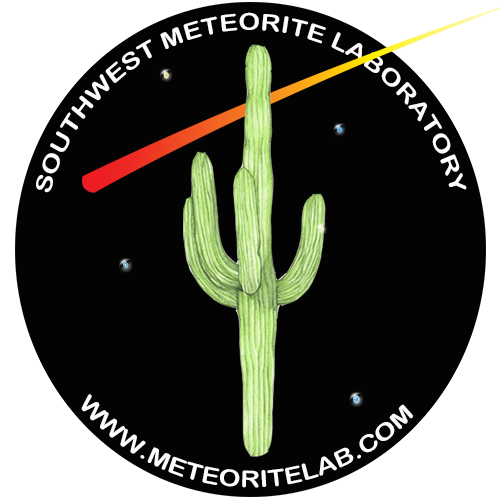Bencubbin
- Australia
- Western Australia
- Stone-iron
- Carbonaceous chondrite
- CB (Bencubbinite)
The first mass (54.2 kg) of Bencubbin was discovered in 1930 during ploughing. A second, larger mass (64.6 kg) was found in 1959 and donated to the Western Australian Museum by Mr Fred Hardwick, and a third mass (15.76 kg) was found in 1974. Bencubbin has subsequently proved to be an extreme rarity and have significant scientific importance. Originally classified as a ‘stony-iron’, today it is recognized as the type specimen of a new group of carbonaceous chondrites (CB), or ‘Bencubbinites’. Bencubbin is a breccia (a rock formed of angular fragments cemented by a finer material) enclosing clasts of material from other chondritic groups, and the meteorite remains the subject of extensive ongoing research.








